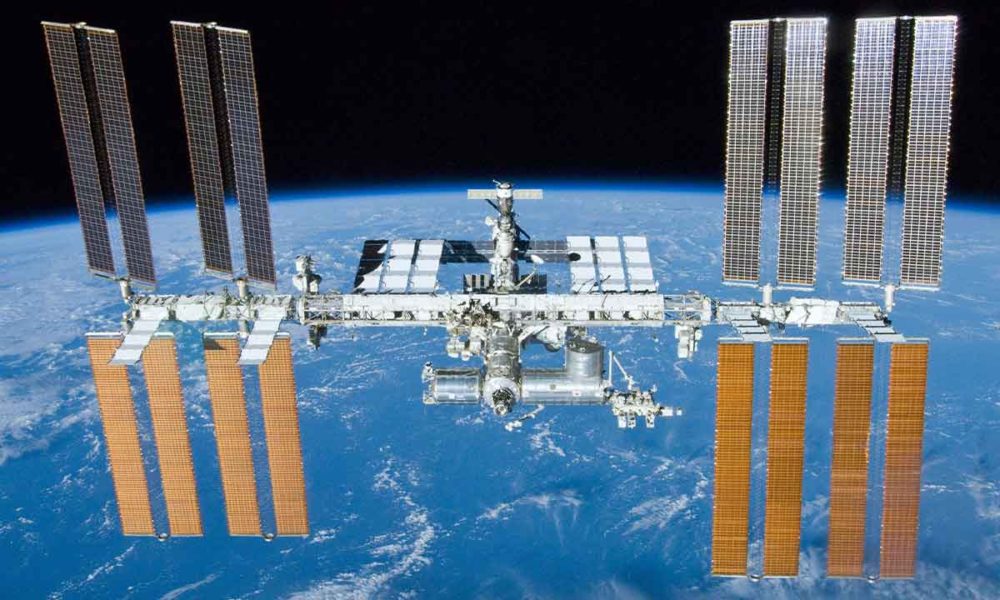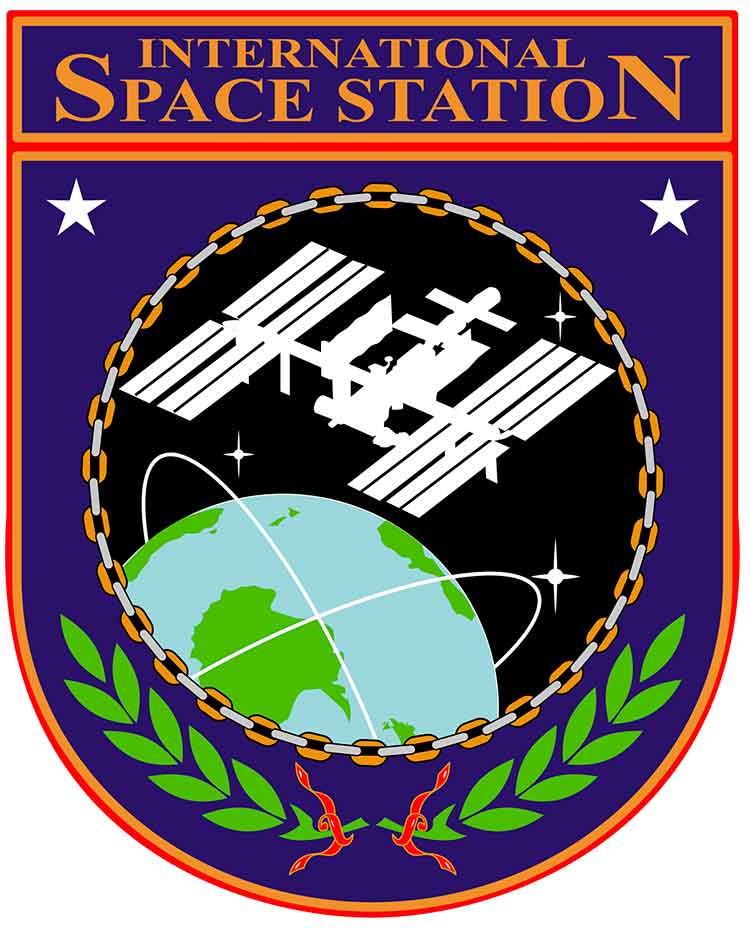
The International Space Station is, today, one of the greatest tests of ingenuity and talent that human beings can demonstrate. It seems a lie, but the colossal infrastructure orbits the Earth for more than 20 years, always with crew members inside. It is not exactly the type of conquest of space that many of us dreamed of in our childhood, but it is worthy of admiration, and an example to follow.
Although he is already an age and, more and more frequently, the conversation about the end of his useful life is addressed, for now the International Space Station continues to provide great service and being an installation of the most necessary. And the clearest proof of this is that, now that it is still active and operational, there are already plans for the station that will replace it when the time comes, and with which at least for a time it will share orbit over our planet.
However, in order to complete its useful life the station has to face multiple threats and risks, and one of the increasing ones in recent times is that of space debris. The last example of this we had just a few days ago, when the International Space Station had to activate its thrusters to make a change in its orbit, in order to avoid a fragment of space debris that could have collided with it, with all the risks that this entails.
The object in question it was a piece of debris generated by the destruction of the Chinese meteorological satellite Fengyun-1C, in the context of testing an anti-satellite missile. As a result of this detonation, more than 3,500 pieces of space debris were created, more than 3,500 projectiles in orbit around the Earth at more than 35,000 kilometers per hour. And it was one of those fragments that forced the Russian Progress spacecraft’s thrusters to activate to change the speed of the International Space Station by 0.7 meters per second and increase its orbital height by approximately 0.7 miles.
We talk, yes, of a slight correction, which could also be carried out without problems and which avoided any risk to the International Space Station. The problem is that the frequency with which these types of elusive maneuvers have to be carried out seems to have an upward course. Throughout its history, its more than 20 years of service, the station has had to carry out 30 maneuvers of this type for the same reason, three of which were concentrated in 2020.
I know that Gravity, by the brilliant Mexican director Alfonso Cuarón, has some “flaws” (necessary, on the other hand, for the story to work). However, I think it was an excellent approximation for millions of people around the world to come to understand the problem of space debris. A problem that today threatens the International Space Station, but with the boom in Internet access satellites, can have much worse consequences, to the point that a chain reaction accident could prevent us from space flight for a long, long time.
With information from ScienceAlert




